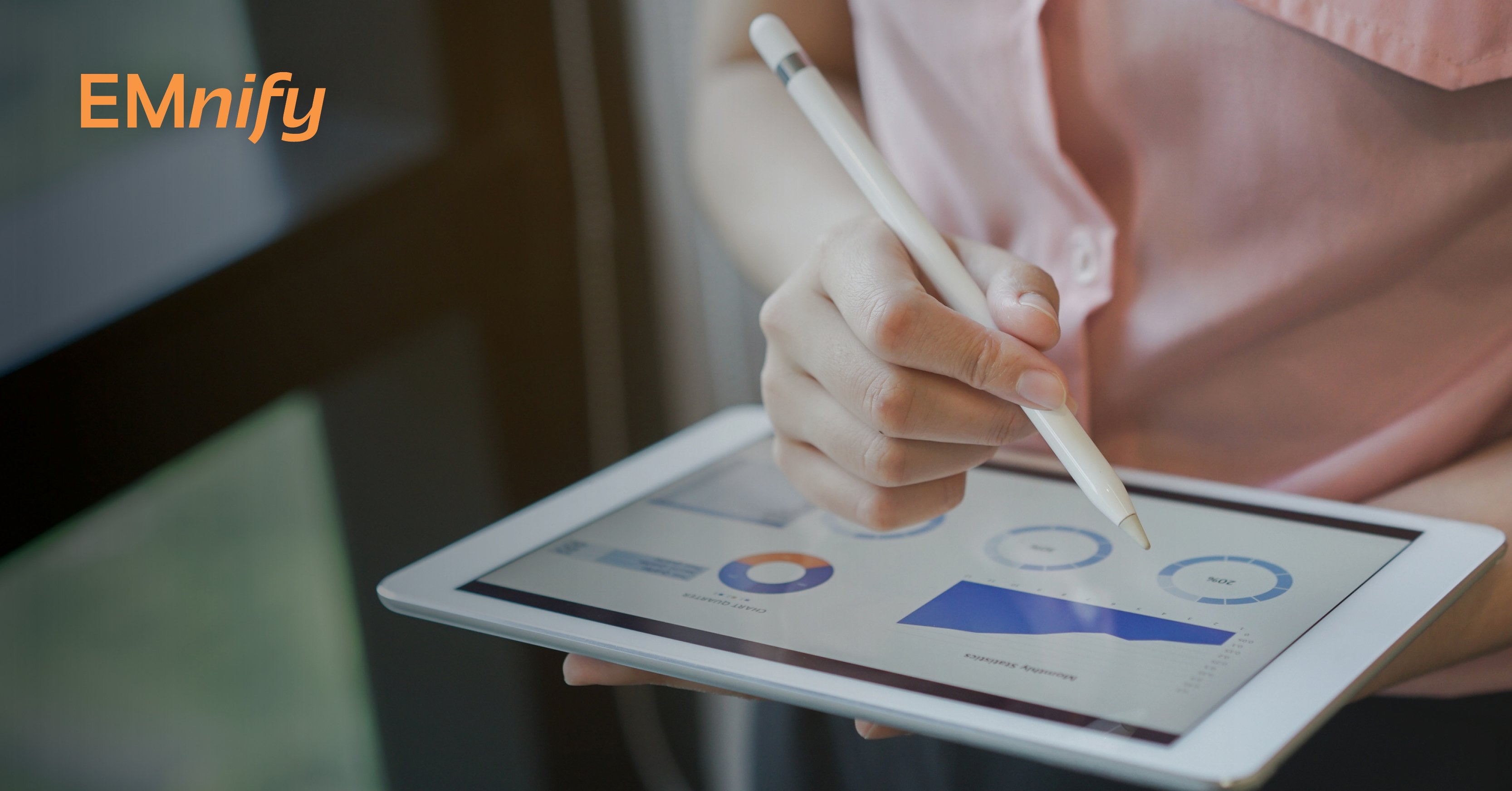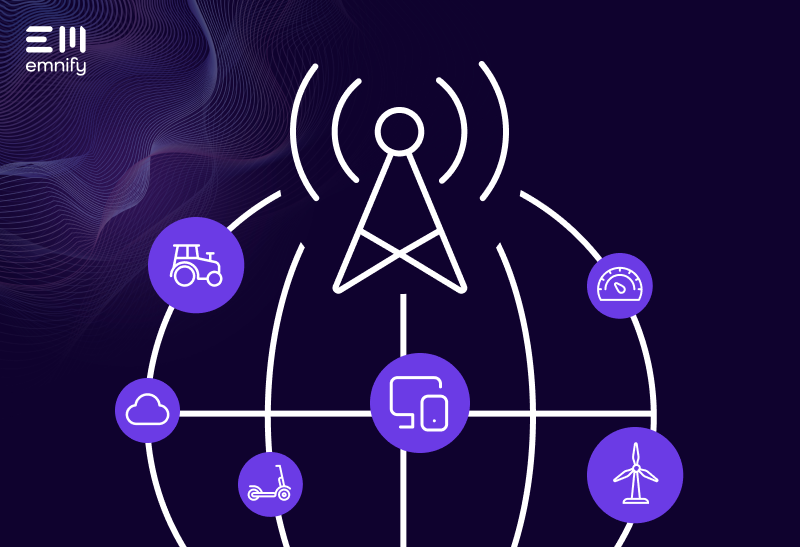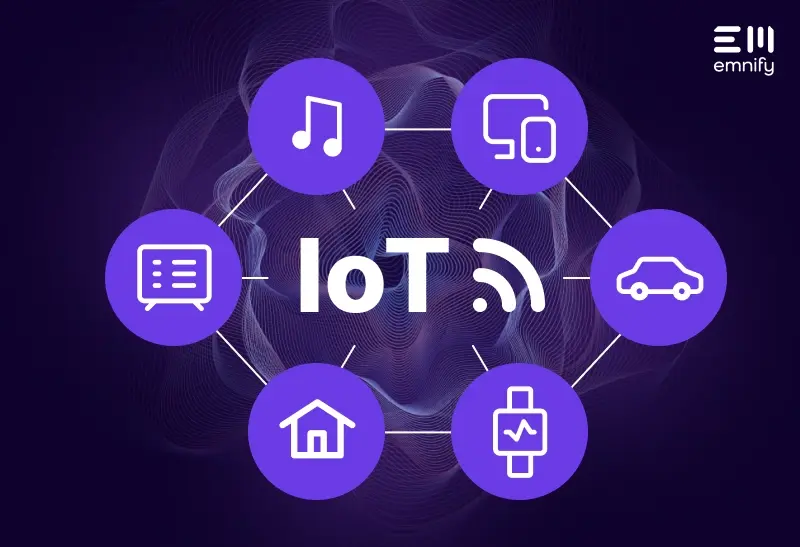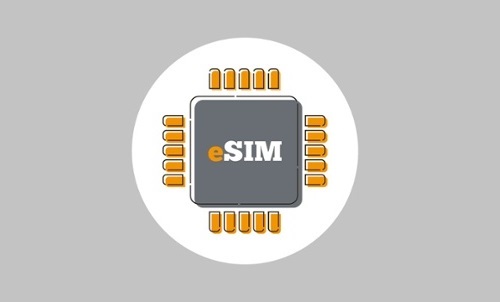

In 2017, consulting firm Capgemini published a study asking the question: “The Internet of Things: Are Organizations Ready for a Multi-Trillion Dollar Prize?” The study examined and interviewed numerous companies that remain global leaders in their industries. Most of these companies claimed that they would use the Internet of Things by the following year, at the latest. The research also showed that less than 30% of companies that already offered related products were actually generating service revenue from them.
A few years on, while many companies have already recognized that offering certain additional services with their products free of charge is not a sustainable option, many still struggle with monetizing their IoT solutions. Just like with any other service, a clear strategy is necessary to generate income from IoT solutions.
In this blog post, we consider the different IoT-monetization models available and how they work.
Monetize your IoT solution with your preferred model
Monetize IoT solutions with perpetual licensing
With this pricing model, customers pay once for a product. They can then use it for as long as they like. The maintenance and care of this solution is entirely in the hands of the operator and is usually covered by a maintenance contract. Even if this is no longer continued, the product remains the property of the customer and the rights to use the software do not expire. Of course, it can happen that access to newer versions and support is tied to a different maintenance contract.
This pricing model is a classic among monetization methods and has existed since before the digitization age. This unlimited license model has long been the standard for corporate software such as ERP, CRM and databases. License metrics such as named users, number of CPUs or cores, served as the basis for the calculation. However, with cloud computing, SaaS models and virtualization, the market landscape has changed fundamentally. This means breaking new ground in order to measure the use of software on the user side and to monetize IoT accordingly on the provider side.
Monetize IoT solutions with subscriptions
While perpetual licenses are slowly declining, the number of subscriptions has increased significantly in recent years. Instead of selling their hardware, manufacturers remain owners and offer customers the use of their devices and other services, including maintenance and support. As-a-Service subscriptions are usually offered on an annual basis and are renewed after the expiry. Subscriptions are particularly popular in the manufacturers' finance department, as the recurring sales of the models can be planned in the long term.
In the IoT environment, providers of cloud solutions (e.g. analytics) and devices plus gateway manufacturers (e.g. add-ons) most often use the model. Complete solutions that include devices, software, data and services are also available in the subscription price. It is up to the providers whether the service is billed per user or according to other metrics. If possible, premium offers should also be monetized using this model.
Monetize IoT solutions by Pay-per-usage
The pay-per-usage model promises what the name says: users only pay for what they actually need when they need it. Usage is recorded over a specified period and measured using a previously agreed metric. A corresponding system or process is implemented for monitoring. The exact costs can then be calculated on this basis. They increase or decrease depending on the resource utilization. Other features of a PPU pricing model include an advance flat rate and the possibility of fees and discounts in the event of over or under-utilization.
Even more than the subscription model, the usage-based model encourages manufacturers and service providers to generate real benefit for customers and thus increase their actual usage. The success of the model also depends heavily on the careful selection of usage indicators: they must be simple, fair, scalable and measurable. Above all, however, key figures should be chosen for which customers are willing to pay.
What does this look like in IoT practice? Consider this using the example of a cloud storage provider:
The services for data backup or cloud storage are calculated based on the terabytes of storage space used each month. For medical device manufacturers, PPU enables the performance of a device to be billed per month (e.g. per X-ray, MRI or performed infusions) instead of making a one-off profit from the sale of the system. To define the right key figures, companies often proceed systematically, first applying the usage model to smaller market segments and gathering valuable experience. If the experiment proves successful, the model can be extended to other product areas.
Monetize IoT solutions from data models
The business model for monetizing data with the help of IoT products is about marketing the knowledge gained from the data extraction of the IoT product to third parties. This can even go as far as to offer the IoT product to as large a mass as possible. Especially when such an offer is free of charge thus creating an attractive data offering for third parties. What all products seem to have in common is that they always have a benefit for the end customer. Similarly, they are also able to offer benefits for third parties at the same time, thanks to aggregated data.
Data monetization can be implemented, for example, by using cars as “data collectors”. Sensors attached to the cars continuously generate a wide variety of information, such as the quality of the road or the weather. This data can be offered for sale to corresponding companies.
Another example is weather services, which typically require a large amount of measurement data to make precise forecasts. Cars can provide this measurement data via their sensors – which is particularly relevant for weather services in regions where there are hardly any measuring stations. This gives them the opportunity to access significantly more data and thus optimize their weather forecast.
This creates a win-win situation: The owners of the cars use their cars as a measuring station, disclose measurement data and receive money for it. With the purchase of the data, the weather service can specify its weather forecast – and this increase customer satisfaction.
Monetize IoT – Conclusion
The right monetization model always depends on the individual case. An abrupt change from one model to another is often not very beneficial. It makes more sense to first collect sufficient usage data for products and functions in order to be able to define the right key figures and price points from the start.
However, regardless of IoT-monitization model – without effective and affordable connectivity, interoperability and common standards, the success of the IoT will be limited. Cellular IoT connectivity offers countless benefits over Wi-Fi when it comes to IoT solutions. The new 5G technology standard, for example, will offer great potential. It will have a major impact on how IoT ecosystems will work. This applies in particular to measurability, latency and reliability
It doesn't matter which monetization model you choose, when it comes to IoT connectivity, security must be the top priority. Due to its cloud-native approach to products and solutions, emnify is already completely secure. emnify sees data as the greatest asset in the IoT world, so it must be protected accordingly.
Get in touch with our IoT experts
Discover how emnify can help you grow your business and talk to one of our IoT consultants today!
David Garcia brings his passion and over 8 years experience in IoT/IIoT to Product Marketing, along with Extensive experience in Utilities, Energy, Transportation, Manufacturing vertical markets.


